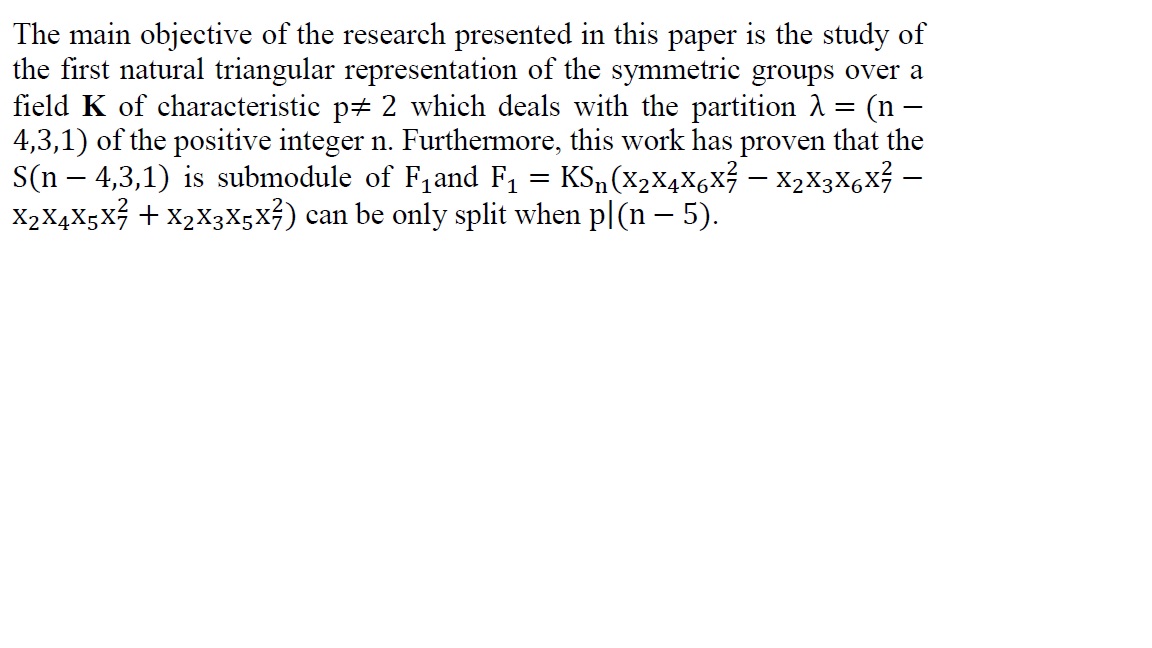Objective: To determine the prevalence of hepatitis C virus (HCV) infection among blood donors and risky population in Diyala province.<br />Materials and methods: In this retrospective study, the records of HCV screening and confirmatory tests were reviewed for the period 1996-2001.Third generation Enzyme-linked immunosorbant assay (ELISA) and Enzyme immunoblot assay were used as screening and confirmatory tests respectively.<br />Results: The prevalence of HCV infection among blood donors was 0.15%, with the highest in 1997. The highest prevalence rates were found among multiple blood recipient; hemophilia, thalassemia and hemodialysis patients (27.3%, 16.9% & 14.3%) respectively. Whereas, the patients with chronic hepatitis B infection and those with acute icteric hepatitis showed slightly elevated prevalence (2.9% & 2.1%) respectively. The overall prevalence in the province was 9.9/105 population. The mean age of infected patients was 29.7 years and the male: female ratio was 3:1.<br />Conclusion: The prevalence of HCV infection in Diyala population is relatively low. However, the HCV infection is concentrated in certain risky groups, particularly multiple blood recipients.
ZM Al-Bahrani, Medico Legal Update, 2021
Cholelithiasis is one of the commonest surgical problems and one of the most common gastrointestinal diseases throughout the world but its pathogenesis remains unclear. Many theories have been proposed forward to explain the mechanism of stone formation. It is not fully clear if symptomatic gallstone disease is associated with a specific pattern of some biochemical abnormalities, as lipid profile and fasting blood sugar in serum of patients.
This study was designed to estimate lipid profile and fasting blood sugar in the sera of patients with cholelithiasis in comparison with normal individuals (control).
In this study, 104(male=16, female=88) were symptomatic gallstone patients (aged 42.79± 12.18 years), and 38(male=6
... Show More
Let/. It :0 ---0 G be any two self maps of a compact connected oriented Lie group G. In this paper, for each positive integer k , we associate an integer with fk,hi . We relate this number with Lefschetz coincidence number. We deduce that for any two differentiable maps f, there exists a positive integer k such that k 5.2+1 , and there is a point x C G such that ft (x) = (x) , where A is the rank of G . Introduction Let G be an n-dimensional com -pact connected Lie group with multip-lication p ( .e 44:0 xG--+G such that p ( x , y) = x.y ) and unit e . Let [G, G] be the set of homotopy classes of maps G G . Given two maps f , f G ---• Jollowing [3], we write f. f 'to denote the map G-.Gdefined by 01.11® =A/WO= fiat® ,sea Given a point g
... Show More (4)
(4)
 (1)
(1)
The aim of the research was to assess effects of short and long-period exposure to radiation from mobile phone on blood indices in experimental rats. In this study forty mature female rats were used; the animals were divided into two experimental group, each group consists of twenty animals. Short-period group of rats were exposed to cell phone radiation for different duration 30 m, 60 m, and 90 m per day for six weeks. Long-period group of rats were exposed to radiation from mobile phone for different duration 2h, 4h, and 6h per day for three months. The study noticed that there was significant (P≥0.05) elevation in total white blood cells and the study demonstrated significant increment (P≥0.05) in percentage of
... Show More (2)
(2)
Background: Inflammation and more specifically inflammatory cytokines are determinant in the development of microvascular diabetic complications, including neuropathy, retinopathy and nephropathy.
Objective: The aim of present study is to evaluate the relationships between high sensitive C-reactive protein, microalbuminuria and risk factors for cardiovascular disease.
Subjects and methods: the study involved (30) patients with type 1 diabetic mellitus compared to (30) healthy control. A fasting blood sample was drawn from all subjects after an overnight fasting to measure the biochemical parameters which including glycated hemoglobin, lipid profile, atherogenic index of plasma and high sensitive C-reactive protein concentration in
Current study aimed to investigate the Respiratory Syncytial Virus (RSV) in nasal
secretion and throat swab samples of hospitalized patients with symptoms of
respiratory tract infection using Immunofluorescence test. Previously these samples
were tested for Respiratory Syncytial Virus infection by reverse transcriptase-PCR
assay. The positive samples were tested by Immunofluorescence assay in monolayer
confluent of Hep 2 cell line. The results showed that the positive samples using the
RT-PCR test were positive in this test. These results reveal that Immunofluorescence
test is sensitive method for detection the infection with RSV.
